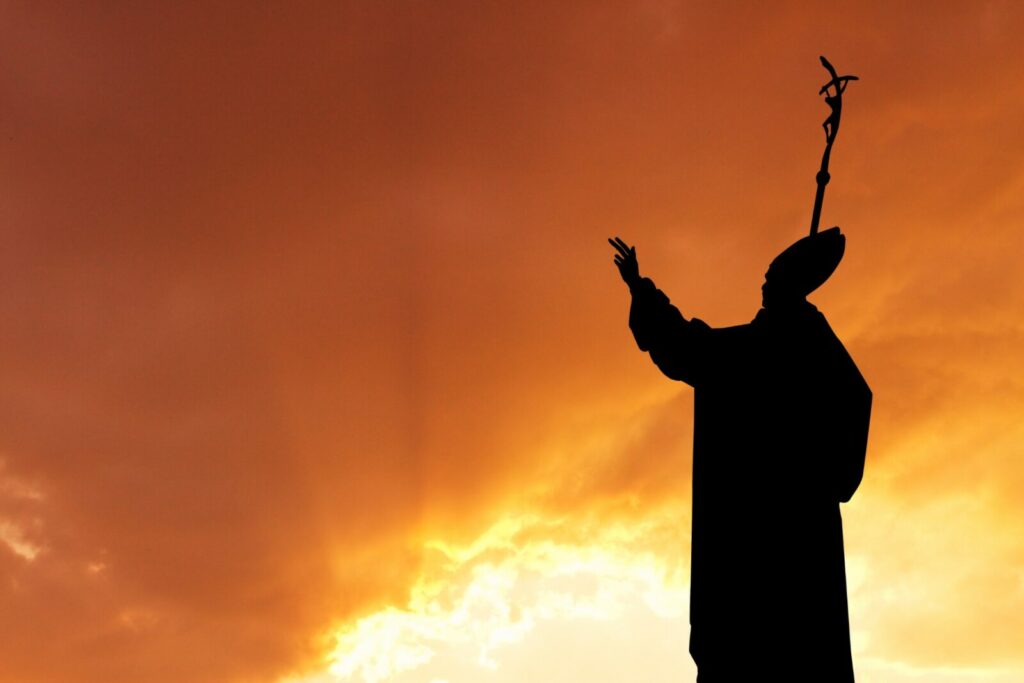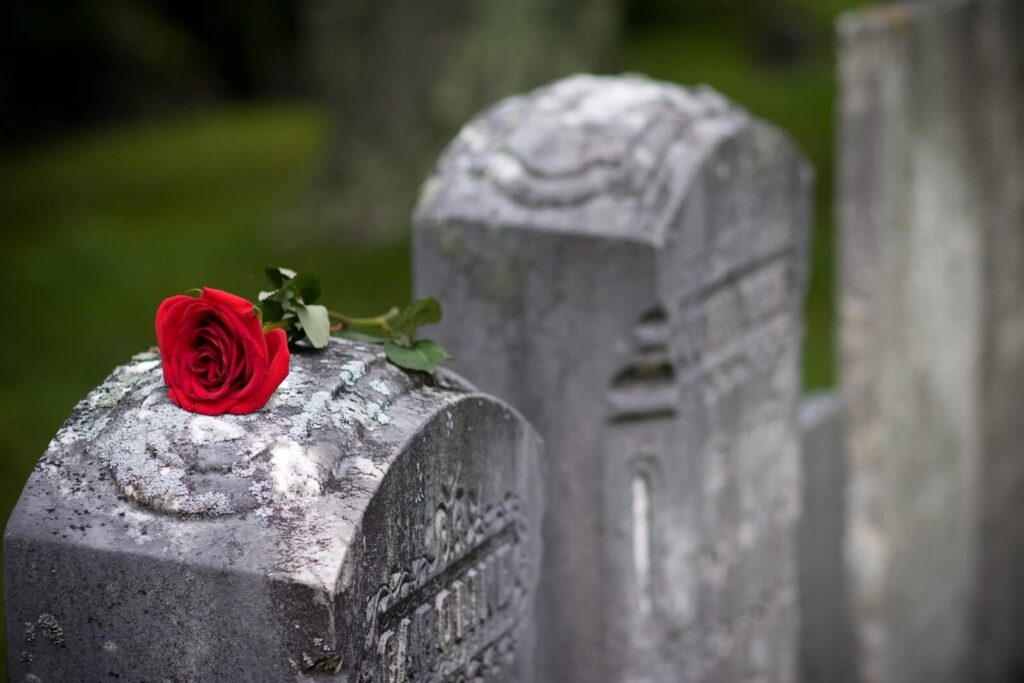
What Is the Best Way to Pass on My Home?
Deciding how to transfer your home to loved ones requires careful planning to minimize taxes, avoid probate and protect your family’s financial future.
Call us Anytime
Laurel, MD 20707
Downs Law Firm, P.C.
Home • Estate Planning

Deciding how to transfer your home to loved ones requires careful planning to minimize taxes, avoid probate and protect your family’s financial future.

This won’t come as a big surprise: Dying makes you look at the world in a different way — the world of money included.

Selecting appropriate guardians will ensure that your minor children are cared for, if you pass away.

Retirees are dropping the ball over crucial legal documents.

These wills gone wild may be extreme examples of poor estate planning. However, experts explain how easily a will can go to the dogs.

Divorce significantly impacts estate planning, requiring updates to wills, trusts and beneficiary designations to ensure that assets are distributed according to new intentions.

Regardless of your religious beliefs, Pope Francis can inspire all Seniors to age with purpose. With age comes wisdom and sometimes physical and health challenges that affect even the pontiff. Pope Francis, at 88, continues to exemplify resilience and dedication, even as he faces significant health challenges. Recently he has been hospitalized due to double pneumonia and a complex lung infection, conditions that have required intensive medical care. Despite these serious health issues, the Pope remains alert and has continued to fulfill some of his papal duties from his hospital room, such as signing decrees for new saints. His openness about his health struggles serves as a powerful example for seniors worldwide, demonstrating that physical limitations need not hinder one’s purpose or contributions. Cardinal Kevin Farrell has highlighted the Pope’s transparency, stating that it encourages older adults to acknowledge their limitations while continuing to engage actively in life. Pope Francis has also been a vocal advocate for the elderly, instituting the World Day for Grandparents and the Elderly to honor their invaluable contributions to society. He emphasizes that aging should be viewed as a blessing, urging seniors to embrace their later years with gratitude and purpose. The Pope’s journey underscores the importance of proactive planning in the later stages of life. Engaging in thoughtful estate planning can provide peace of mind and security for individuals and their loved ones. Addressing healthcare directives, powers of attorney, and asset distribution ensures that one’s wishes are respected, regardless of health challenges they may arise. “Along with old age and white hairs, God continues to give us the gift of life and to keep us from being overcome by evil,” Pope Francis has said. “Aging is not a condemnation, but a blessing!” Pope Francis truly inspires us to age with purpose! Reference: ABC News (May 10, 2022) “Cardinal: Pope’s wheelchair use an example to older adults”

Managing and planning one’s estate sounds like a task reserved for the uber-rich. However, that’s a common, and potentially costly, misconception.

Estate planning isn’t about focusing on your demise; it’s about taking control and making decisions that ensure that your loved ones are cared for.

Everyone needs an estate plan, and when you understand what a trust does, your plan should probably include one, at least conditionally.